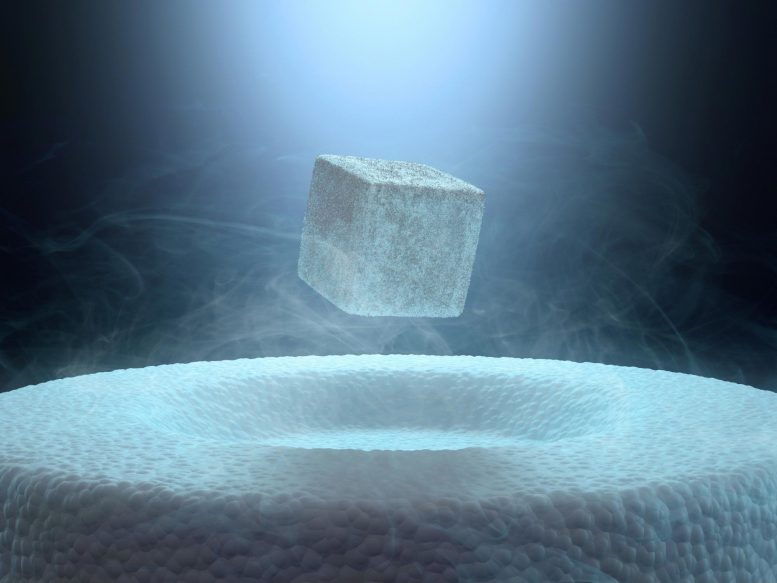"Unraveling Unconventional Superconductivity: The Intriguing Griffith Singularity Phenomenon"

The study of quantum phase transitions, specifically the quantum Griffith singularity, has advanced with a team led by Jian-Hao Chen investigating this phenomenon in unconventional high-temperature superconducting bulk single crystals of CaFe1-xNixAsF. They observed robust quantum Griffith singularities influenced by magnetic fields, suggesting the potential universality of this phenomenon in three-dimensional and unconventional superconductors, which could enhance the understanding of high-temperature superconductivity mechanisms.
A new paper explores the quantum Griffith singularity in phase transitions, focusing on recent studies that could expand our understanding of high-temperature superconductivity in unconventional materials.
Exploring exotic quantum phase transitions has long been a key focus in condensed matter physics. A critical phenomenon in a phase transition is determined entirely by its universality class, which is governed by spatial and/or order parameters and remains independent of microscopic details. Quantum phase transitions, a subset of phase transitions, occur due to quantum fluctuations and are tuned by specific system parameters at the zero-temperature limit.
The superconductor-insulator/metal phase transition is a classic example of quantum phase transition, which has been intensely studied for more than 40 years. Disorder is considered one of the most important influencing factors, and therefore has received widespread attention. During the phase transitions, the system usually satisfies scaling invariance, so the universality class will be characterized by a single critical exponent. In contrast, the peculiarity of quantum Griffith singularity is that it breaks the traditional scaling invariance, where exotic physics emerges.
Figure 1:Magnetic-field-driven superconductor-metal phase transition with multiple quantum critical points in CaFe1-xNixAsF. Credit: Science China Press
The physics of Griffiths singularity dates back to 1969, when American physicist Griffiths proposed a type of phase transition in which the scaling invariance is broken. In this case, the critical exponent tends to diverge rather than remain constant. The quantum Griffith singularity refers to the Griffith singularity in a quantum phase transition.
Since the proposal of quantum Griffith singularity, it has only been observed in conventional low-dimensional superconducting films and in a few three-dimensional ferromagnets. The existence of quantum Griffith singularity in three-dimensional superconductors and in unconventional high-temperature superconductors has yet to be confirmed experimentally. Such confirmation will shed light on the understanding of mechanisms in unconventional high-temperature superconductivity.
Figure 2:B–T phase diagram of quantum Griffiths singularity in a three-dimensional anisotropic superconductor. Credit: Science China Press
Recently, a research group led by Jian-Hao Chen, a researcher at the International Center for Quantum Materials at the School of Physics at Peking University, the Beijing Academy of Quantum Information Sciences, and the Key Laboratory for the Physics and Chemistry of Nanodevices of Peking University, conducted a study on the quantum Griffith singularity in unconventional high-temperature superconducting bulk single crystal CaFe1-xNixAsF. They and their collaborators grew a series of high-quality underdoped CaFe1-xNixAsF bulk single crystals for the first time and observed the evolution of quasi-two-dimensional to three-dimensional anisotropic quantum Griffith singularities in the superconductor-metal phase transitions driven by magnetic fields.
They found robust quantum Griffith singularity which can last up to 5.3 K, and it can be induced in the crystals by both parallel and vertical magnetic fields. This study not only reveals the universality of quantum Griffith singularity in three-dimensional and unconventional high-temperature superconducting systems, but also predicts the possibility of finding quantum Griffith states in more unconventional high-temperature superconducting families (i.e., nickel-based and copper-based superconductors), which may further promote the understanding of unconventional high-temperature superconductivity mechanisms.




